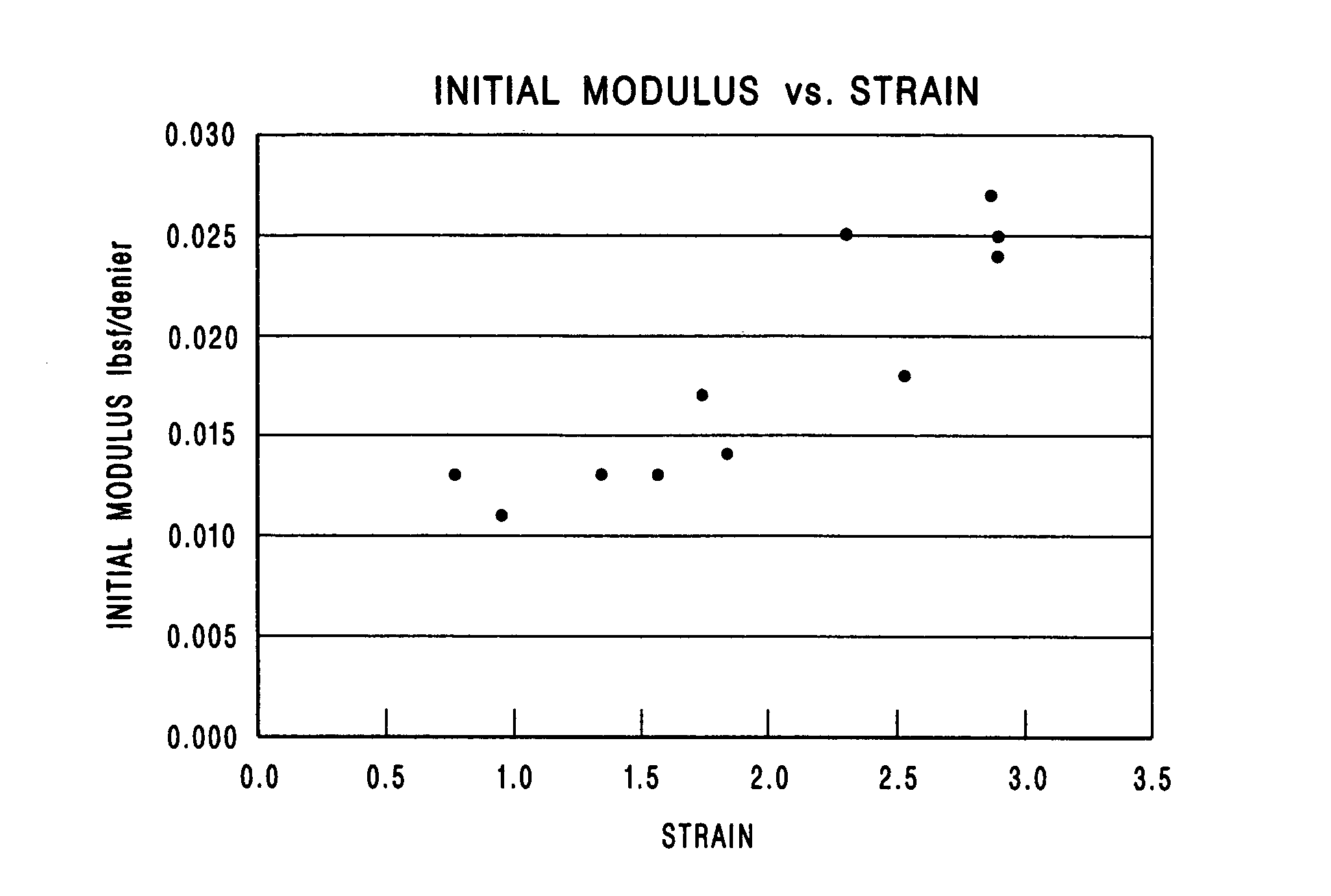Stylet free flexible-tip epidural catheter and method of making
a flexible tip and catheter technology, applied in the field of local anesthesia administration, can solve the problems of less than desirable, less than totally satisfactory, and the acceptable method of providing the required regional stiffness remains illusive, and achieves the effect of effective stiffening the catheter section, convenient making the interior stiffening material, and careful elongation of the material
- Summary
- Abstract
- Description
- Claims
- Application Information
AI Technical Summary
Benefits of technology
Problems solved by technology
Method used
Image
Examples
Embodiment Construction
[0053]So-called epidural anesthesia produced by the injection of a local anesthetic into the extradural regions of the spinal column, i.e. between the spinal dura mater, a dense, laminar, latticed mat of collagen and elastin fibers protecting the arachnoid membrane interior thereto as well as the spinal cord and including between them the highly vasculated pia mater membrane next to the spinal cord, and the vertebral periosteum and ligaments within the vertebral column, namely the ligamentum flavum holding the vertebrae together. (The spinal fluid circulates in the so-called sub-arachnoid space between the arachnoid and pia mater.) This epidural space, exterior to the dura mater and containing a quantity of loose fat and areolar tissue plus a plexus of veins, is distensible and can expand when a fluid is injected, a phenomenon which allows pressurized saline to flow into the space when the tip of the epidural needle enters, the so-called ‘loss of (injection) resistance technique’, a...
PUM
| Property | Measurement | Unit |
|---|---|---|
| longitudinal shrinkage | aaaaa | aaaaa |
| longitudinal shrinkage | aaaaa | aaaaa |
| length | aaaaa | aaaaa |
Abstract
Description
Claims
Application Information
 Login to View More
Login to View More - R&D
- Intellectual Property
- Life Sciences
- Materials
- Tech Scout
- Unparalleled Data Quality
- Higher Quality Content
- 60% Fewer Hallucinations
Browse by: Latest US Patents, China's latest patents, Technical Efficacy Thesaurus, Application Domain, Technology Topic, Popular Technical Reports.
© 2025 PatSnap. All rights reserved.Legal|Privacy policy|Modern Slavery Act Transparency Statement|Sitemap|About US| Contact US: help@patsnap.com



